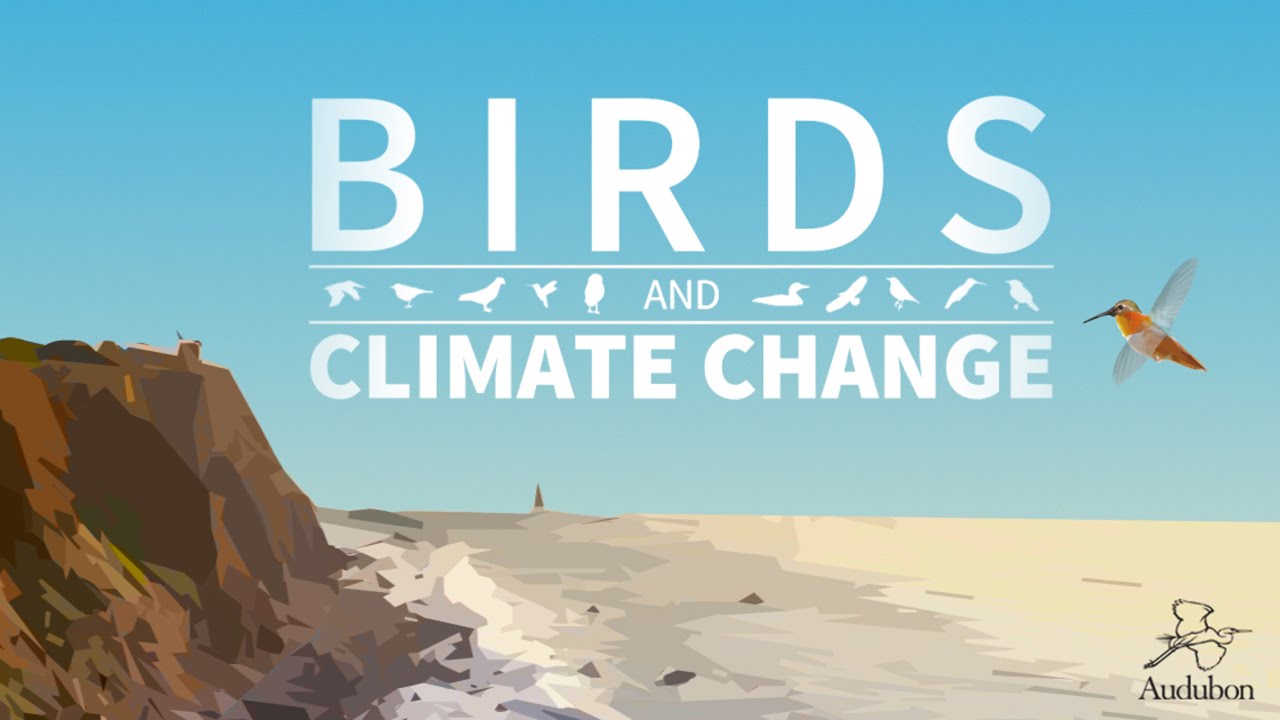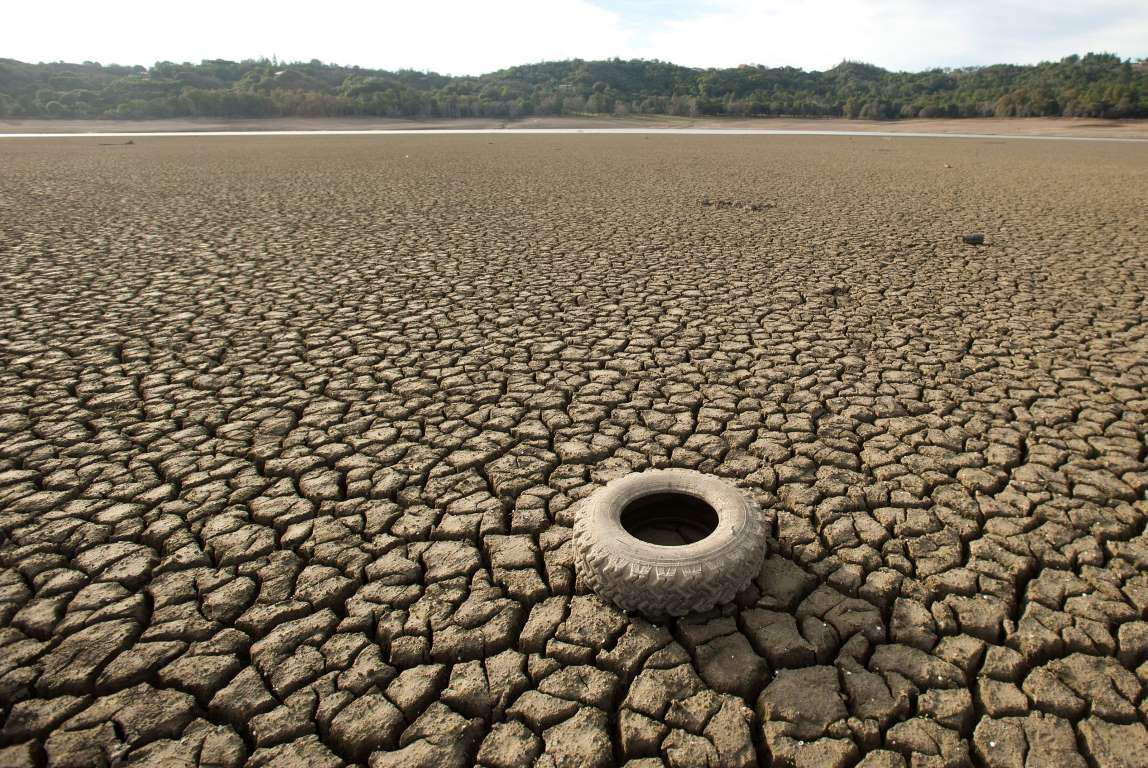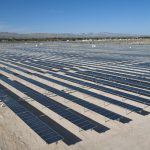Will the U.S. have to find a new national bird?
Imagine you’re the captain of a huge jumbo jet with all your family and friends on board. It’s a long flight and you’ve had it on autopilot. Now it’s dark and foggy outside and the instruments are all you have to fly by. For awhile now, your instruments have been warning you about your altitude being too low and the mountain range in your “distant” flight path. But you’ve been ignoring them because you’re in the middle of a big poker game and right now you’re “all in” while the other gamblers are still putting in their final bets. Suddenly, your instruments start blaring and the flight crew is yelling at you to disengage and change course immediately. But if you do, the cards will be scattered and your probable winning hand will be lost. You can’t decide….
Wham. A big fireball, horrific screaming and the lights go out. Permanently. Your family and all your friends are gone – forever.
This is exactly the high stakes game we are playing with our addiction to fossil fuels. The warning signs are screaming at you to decide and change course… Yesterday, the World Meteorological Society released its annual update on CO2 air pollution. It’s one of many compounds measured all around the world. According to the report, concentrations of carbon dioxide in the atmosphere between 2012 and 2013 grew at their fastest rate since 1984. The World Meteorological Organization (WMO) says that it highlights the need for a global climate treaty. But the UK’s energy secretary Ed Davey said that any such agreement might not contain legally binding emissions cuts, as has been previously envisaged. It’s clear that the US won’t decide either.
The WMO’s annual Greenhouse Gas Bulletin doesn’t measure emissions from power station smokestacks but instead records how much of the warming gases remain in the atmosphere after the complex interactions that take place between the air, the land and the oceans. About half of all emissions are taken up by the seas, trees and living things. According to the bulletin, the globally averaged amount of carbon dioxide in the atmosphere reached 396 parts per million (ppm) in 2013, an increase of almost 3ppm over the previous year. Atmospheric CO2 is now at 142% of the levels in 1750, before the start of the industrial revolution. “The Greenhouse Gas Bulletin shows that, far from falling, the concentration of carbon dioxide in the atmosphere actually increased last year at the fastest rate for nearly 30 years,” said Michel Jarraud, secretary general of the WMO. “We must reverse this trend by cutting emissions of CO2 and other greenhouse gases across the board,” he said. “We are running out of time.”
The National Audubon Society issued a somber report yesterday about how America’s birds will react to anticipated climate changes. Another is expected today from Cornell. According to the Audubon bird study, half of all 588 bird species in North America—including the bald eagle, a national symbol—face large climate shifts that could cut their habitats and cause severe population decline by 2080 if climate change continues at its present pace. The very comprehensive first-of-a-kind study uses 30 years of North American climate data, records from the American Breeding Bird Survey and the Audubon Christmas Bird Count, and climate projections from a report by the Intergovernmental Panel on Climate Change.
It’s not a problem after they’re gone. It’s a big problem now. As the decline accelerates, that will have major impacts on all our continental ecosystems. If you don’t believe Global Climate Change is man-made, you should be hoping it is, so you can do something about it… Otherwise, we’re all screwed.






Leave a Reply
Want to join the discussion?Feel free to contribute!